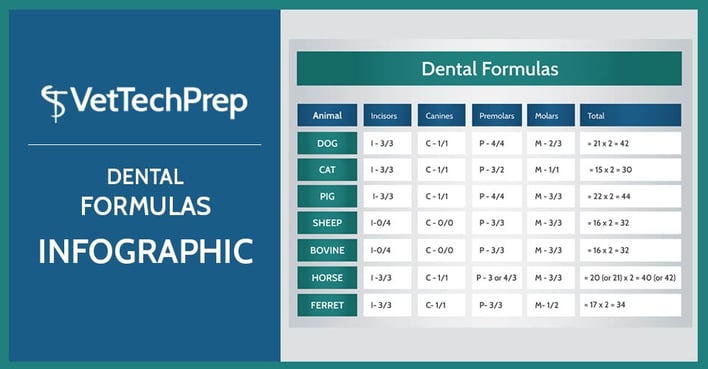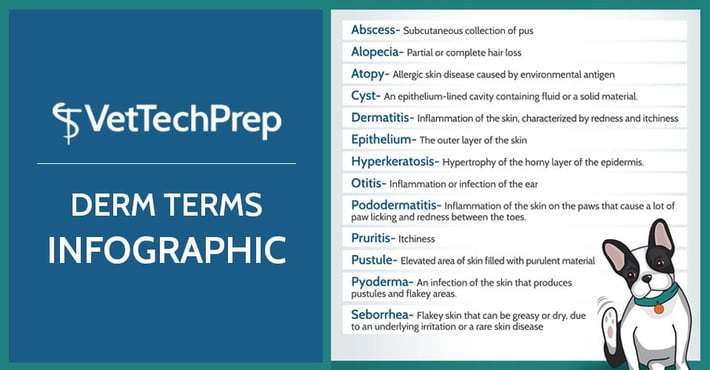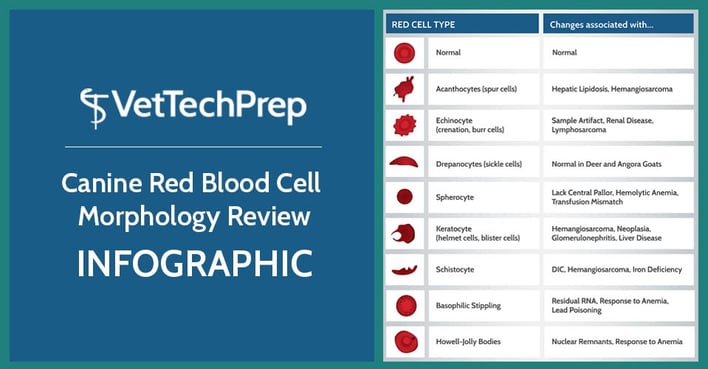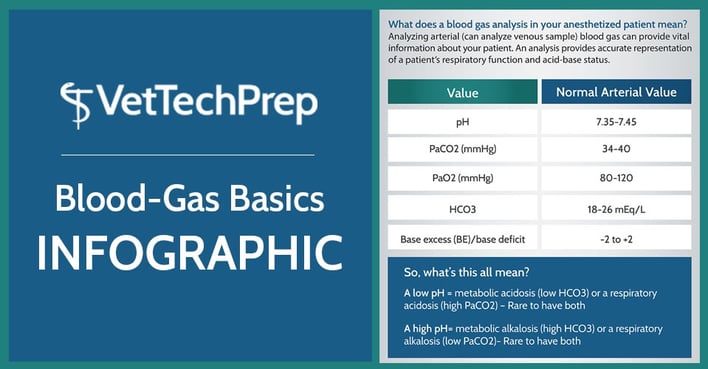
Did you know carnivores have four types of teeth with different functions.
Read More
Vet Techs, do you know your Angles of Injection Insertions? Check out our latest infographic!
Read More


Animals are susceptible to hundreds of skin disorders throughout his or her life. Here are just some of the more common ones in this Vet Tech Infographic: "Derm Terms".

Did you know the dorsolateral neck muscles is the best site for giving injections to pigs? This area has the thinnest layer of fat, and the muscle is closest to the skin.
Read More
For mammals the gestation period is the time in which a fetus develops, beginning with fertilization and ending at birth. The duration of this period varies between species. Here is an infographic for the different animal gestation periods.
Read More
Here is an infographic for Vet Techs on the Canine Red Blood Cell Morphology review. Below is a summary of terms used to describe red blood cell morphologic features, and the changes associated with.
Read MoreDid you know hypercapnia is synonymous with hypoventilation, this is when a patients CO2 goes up. The most common cause of increased ETCO2 is hypercapnia secondary to anesthetic-induced hypoventilation. Normal ETCO2 levels are 35-45 mmHg.
Read More@VetTechPrep I just passed my boards today, and you guys helped make it possible. I can't thank you enough <3
— Cristy Gaffigan (@ImGaff) December 8, 2016
Future Vet Techs, we love hearing from you, especially when it's about your successes! If we helped you out in any way, let us know on your favorite social media platform. Our Twitter and Facebook accounts are on the bottom of this page, so be sure to follow us and we'll follow back!
Have we helped you recently pass the VTNE® with a Vettechprep subscription? Let us KNOW! We'll shout you out! Want to hear more from you fellow students, check out some of these testimonials.
Read More
Here is an infographic for Vet Techs on a blood gas analysis in your anesthetized veterinary patient. Analyzing arterial (can analyze venous sample) blood gas can provide vital information about your patient. An analysis provides accurate representation of a patient’s respiratory function and acid-base status.
Read More
Did you know horses have three pairs of glands that produce saliva – the parotid, the submaxillary, and the sublingual. Did you know a 500 kg horse will produce on average 12 Liters of saliva a day? How well do you know your equine terminology, take this quick quiz.
Read More
Here is a quick infographic for Vet Techs about important medical abbreviations they may encounter on the job. Be sure to check out our other fact posts.
 Read More
Read More
VTNE® is a registered trademark owned by the American Association of Veterinary State Boards. This web site is not licensed by, endorsed by, or affiliated with the American Association of Veterinary State Boards.
© 2000-2026 VetTechPrep.com, Inc. · All rights reserved.